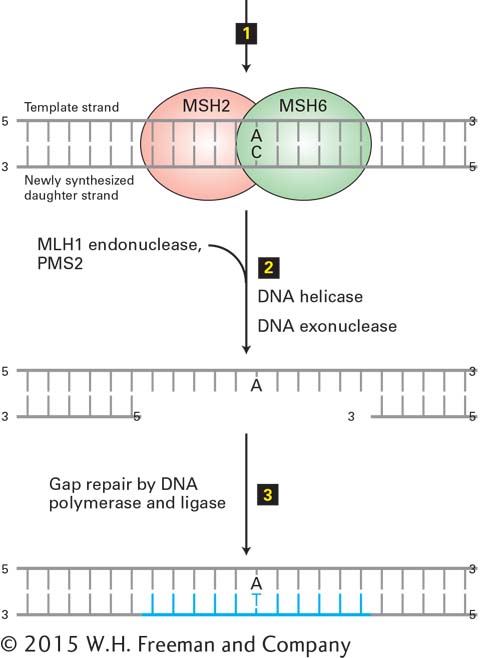
FIGURE 5- n- A-